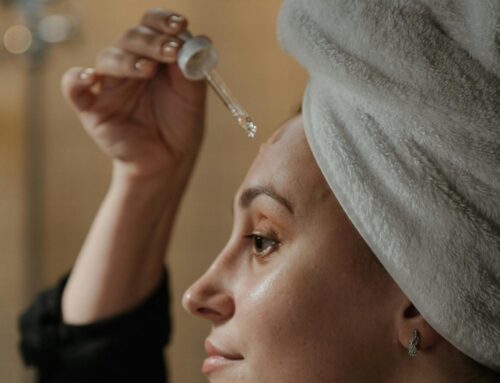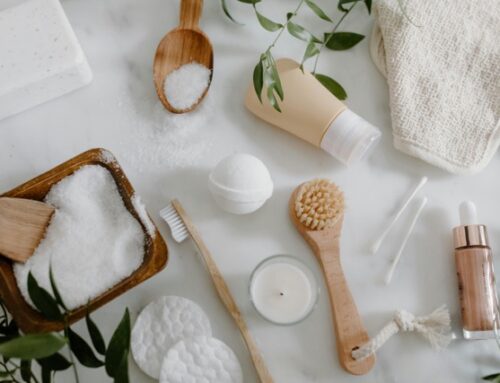The world of beauty is shifting fast, and nowhere is this more obvious than in the rise of multifunctional products, especially makeup that promises both coverage and sun protection. From tinted moisturizers to the trending “SPF setting spray,” hybrid beauty is everywhere. But how much sun protection do these products really offer, and how should you use them in your daily routine?
Why Multifunctional Beauty Is Booming
Today’s consumers want more from their makeup: convenience, efficacy, and health benefits all in one. This trend, sometimes called the “skinification of suncare”, has led to a surge in makeup products with built-in SPF. Tinted moisturizers, foundations, blushes, and now setting sprays are formulated to hydrate, protect, and perfect the skin in a single step.
Does SPF Makeup Really Work?
The Science: Makeup with SPF is regulated and tested to meet the same standards as traditional sunscreen, so the SPF number on the label is accurate. However, the problem isn’t the formula but actually how much you use.
The Catch: To achieve the SPF protection advertised, you’d need to apply a much thicker layer of makeup than most people would ever wear. For example, you’d need about a quarter teaspoon (or several pumps) of foundation with SPF to get the full benefit, which would look far heavier than most people prefer. The American Academy of Dermatology and dermatologists agree that makeup with SPF is a helpful supplement, but not a substitute for dedicated sunscreen.
SPF Setting Sprays: Trend or Game-Changer?
“SPF setting spray” is a trending search for a reason. These sprays promise to lock in your makeup while adding a layer of sun protection, and they’re especially appealing for touch-ups throughout the day.
How to Use Them:
- Layering: Always start with a broad-spectrum sunscreen (SPF 30 or higher) as your base. Use SPF setting spray as a convenient way to top up your protection without disturbing your makeup.
- Reapplication: For best results, reapply every two hours, especially if you’re outdoors. Sprays can help, but you need to be generous and thorough to get meaningful coverage.
- Finish: Choose a spray that matches your skin’s needs, such as hydrating for dry skin, mattifying for oily skin, and always broad-spectrum for full UVA/UVB protection.
Setting sprays with SPF are not a replacement for your primary sunscreen. Think of them as an extra shield, not your only defense.
Common Misconceptions About SPF in Makeup
- “SPF in makeup is enough for daily protection.”
Not true. Most people don’t apply enough product to get the labeled SPF. Use a dedicated sunscreen under your makeup for reliable coverage. - “Mixing SPF into other products boosts protection.”
In fact, mixing SPF with other skincare or makeup can dilute its effectiveness and create gaps in coverage. - “You don’t need to reapply if your makeup has SPF.”
All SPF products need to be reapplied every two hours for ongoing protection, especially if you’re sweating or spending time outdoors. - “Setting sprays with SPF can replace regular sunscreen.”
They are a useful supplement but should never be your sole sun protection step.




